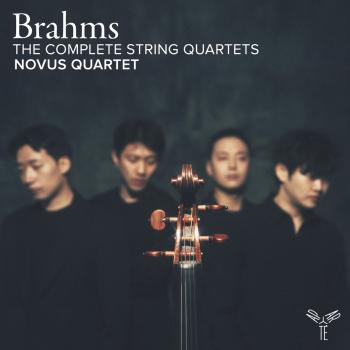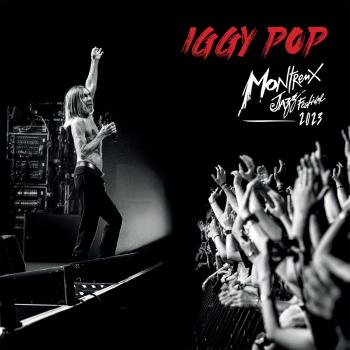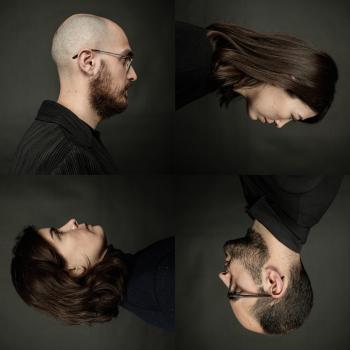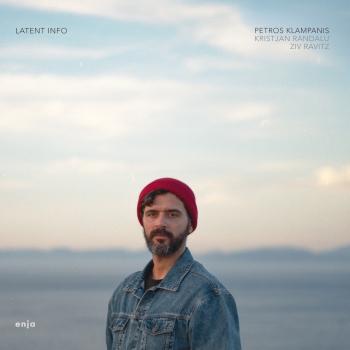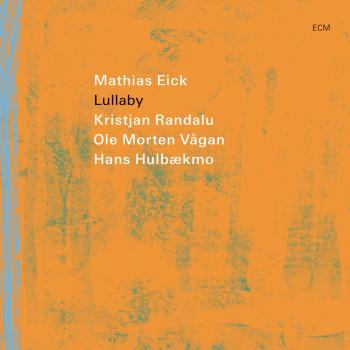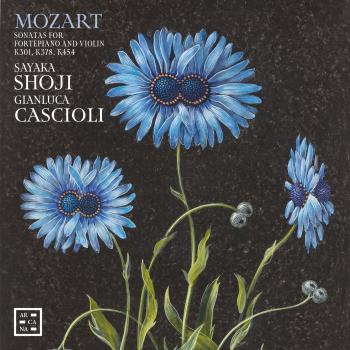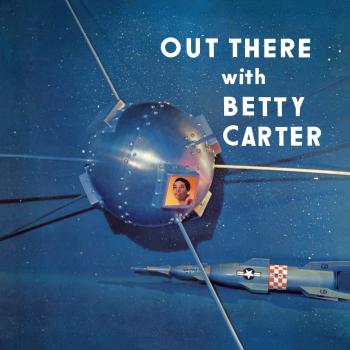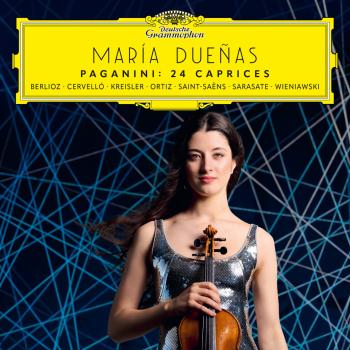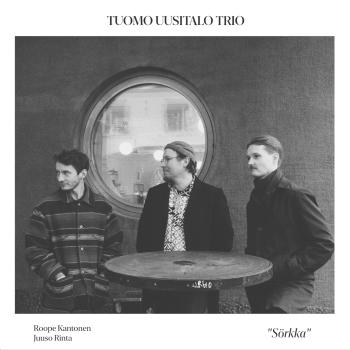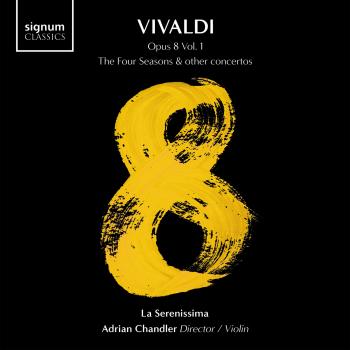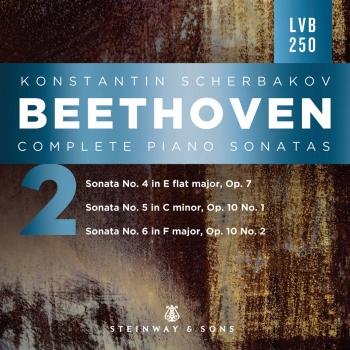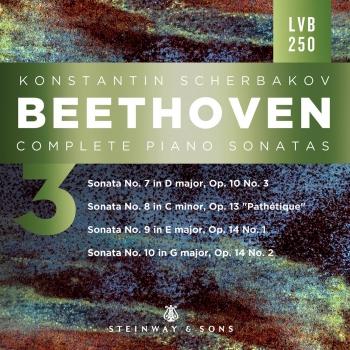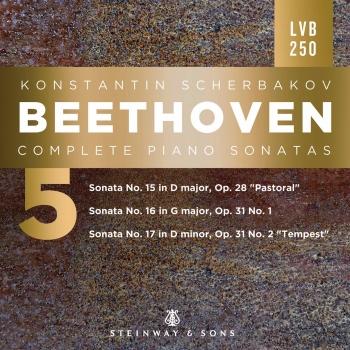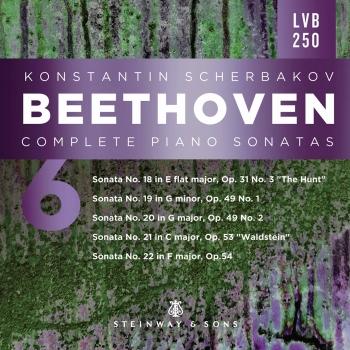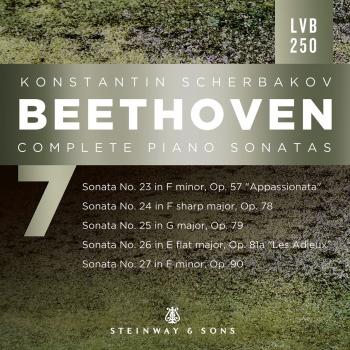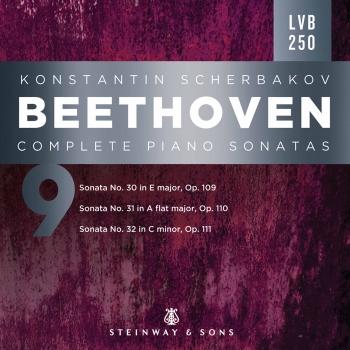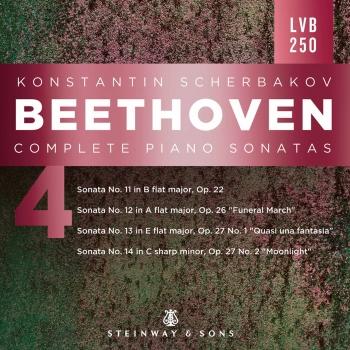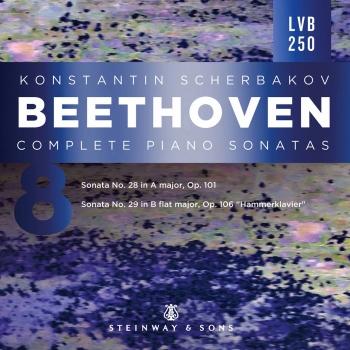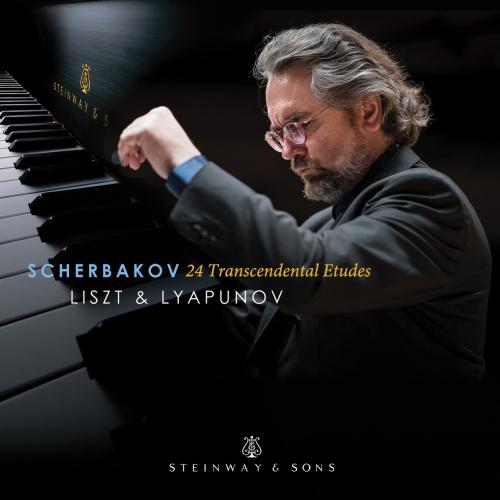
24 Transcendental Etudes Konstantin Scherbakov
Album info
Album-Release:
2019
HRA-Release:
05.04.2019
Label: Steinway and Sons
Genre: Classical
Subgenre: Instrumental
Artist: Konstantin Scherbakov
Composer: Franz Liszt (1811–1886), Sergei Lyapunov (1859-1924)
Album including Album cover Booklet (PDF)
- Franz Liszt (1811 - 1886): Études d'exécution transcendante, S. 139:
- 1 Études d'exécution transcendante, S. 139: No. 1, Preludio 00:55
- 2 Études d'exécution transcendante, S. 139: No. 2, Molto vivace 02:16
- 3 Études d'exécution transcendante, S. 139: No. 3, Paysage 05:08
- 4 Études d'exécution transcendante, S. 139: No. 4, Mazeppa 07:17
- 5 Études d'exécution transcendante, S. 139: No. 5, Feux follets 04:07
- 6 Études d'exécution transcendante, S. 139: No. 6, Visions 05:52
- 7 Études d'exécution transcendante, S. 139: No. 7, Eroica 04:48
- 8 Études d'exécution transcendante, S. 139: No. 8, Wilde Jagd 05:42
- 9 Études d'exécution transcendante, S. 139: No. 9, Ricordanza 09:59
- 10 Études d'exécution transcendante, S. 139: No. 10, Allegro agitato molto 04:48
- 11 Études d'exécution transcendante, S. 139: No. 11, Harmonies du soir 09:11
- 12 Études d'exécution transcendante, S. 139: No. 12, Chasse-neige 05:23
- Sergei Lyapunov (1859 - 1924): 12 Études d'exécution transcendante, Op. 11:
- 13 12 Études d'exécution transcendante, Op. 11: No. 1, Berceuse 04:00
- 14 12 Études d'exécution transcendante, Op. 11: No. 2, Rondes des fantômes 03:09
- 15 12 Études d'exécution transcendante, Op. 11: No. 3, Carillon 06:13
- 16 12 Études d'exécution transcendante, Op. 11: No. 4, Térek 04:02
- 17 12 Études d'exécution transcendante, Op. 11: No. 5, Nuit d'eté 08:22
- 18 12 Études d'exécution transcendante, Op. 11: No. 6, Tempête 04:27
- 19 12 Études d'exécution transcendante, Op. 11: No. 7, Idylle 05:02
- 20 12 Études d'exécution transcendante, Op. 11: No. 8, Chant épique 08:30
- 21 12 Études d'exécution transcendante, Op. 11: No. 9, Harpes éoliennes 06:10
- 22 12 Études d'exécution transcendante, Op. 11: No. 10, Lesghinka 07:04
- 23 12 Études d'exécution transcendante, Op. 11: No. 11, Ronde des sylphes 03:58
- 24 12 Études d'exécution transcendante, Op. 11: No. 12, Elégie en mémoire de François Liszt 11:48
Info for 24 Transcendental Etudes
For his latest album, available April 5, 2019 from the Steinway & Sons label (STNS 30098), pianist Konstantin Scherbakov pairs Franz Liszt’s Transcendental Études — an ambitious, difficult group of pieces composed with the goal of moving around the circle of fifths twice — with twelve études by Sergei Lyapunov that both complement and complete the rotations that Liszt started. Both sets of études move through the same keys within the circle of fifths, with Lyapunov’s first études picking up where Liszt’s last piece ended.
According to the liner notes, the challenge when performing these two semi-circles as one is to “aim at some sort of unity of style – since that was the idea of Lyapunov’s. But that is in fact rather difficult, because two worlds – the cosmopolitan romanticism of Liszt and the Russian romanticism of Lyapunov – are very different.” The cycles can be performed together, though the collective run time is 130 minutes, making for a lengthy program that can strain both performers and audiences. The reward, however is well worth the wait, since it not only contrasts two differing composition styles, Liszt’s “internationalist bravura style” versus Lyapunov’s “westward-looking Russian intensity,” but also serves as the realization of a challenging and important piece in the piano repertoire.
The main purpose of this record, according to Scherbakov, is to “rediscover and recognize music long considered inconsequential, if not outright inferior – and which has therefore remained in the shadow of works of great and more renowned composers – and to reveal its true and lasting artistic value.”
“One of the most capable, daring and interesting musicians of these days” (Peter Cossé)
“Scherbakov’s keyboard facility, his pinpoint articulation, his unerring sense of rhythmic drive and security, his weaving together of the many layers and voices and his sense of colour and phrasing are all a joy to listen to...” (Gramophone Magazine)
Konstantin Scherbakov, piano
Konstantin Scherbakov
With the recent release of the complete concerto works by Tchaikovsky, Konstantin Scherbakov's endless repertoire accomplishments continue to amaze. A very special repertoire choice has formed the artist’s profile with the accent on rarely performed and highly demanding virtuoso programs, often comprising of works that were considered unplayable before. In co-operation with the labels “Naxos” and “Marco Polo” Scherbakov has realized some of today’s most unique and significant recording projects. Among them – complete piano works by Leopold Godowsky, Respighi and Shostakovich, and complete piano concertos by Tchaikovsky, Respighi, Medtner and Scriabin. The most recent and highly acclaimed recording project was The Complete Beethoven Symphonies in piano arrangement by F. Liszt.
Many of these projects have found their way onto the concert stage. For his cycle of the Complete Rachmaninoff’s works Scherbakov gained recognition as “Rachmaninoff of Today” (Lucerne Music Festival). The two-evening performance of the complete Preludes and Fugues by Shostakovich at different venues, notably at the Salzburg Festival was enthusiastically met by both public and press ("One cannot play Shostakovich any better!" Die Presse, Vienna). Lately, Scherbakov has received international acclaim for his performances of Liszt's transcriptions of the Beethoven Symphonies.
Konstantin Scherbakov has given solo performances in 35 countries in Europe, Asia and Middle East, in the USA, New Zealand, South Africa and South America. He has played in some of the prestigious concert halls such as Philharmonic of Cologne, Wigmore Hall London, Herkulessaal, Philharmonic and Prinzregententheater Munich, Tonhalle Zurich, Liederhalle Stuttgart, Great Hall of the Moscow Conservatoire, Beethovenhalle Bonn, new Congress-Hall Luzern, Concertgebouw Amsterdam, Musikhalle Hamburg, St. Petersburg Philharmonic, Konzerthaus Berlin, Rudolfinum Prague, Atheneum Bucharest, Casal Hall Tokyo, Victoria Hall Singapore, Gewandhaus Leipzig, Konzerthaus Vienna and Warsaw Philharmonic Hall among others.
Konstantin Scherbakov has been guest to important international music festivals such as Salzburg, Frankfurt, Bregenz, Bodensee, Lucerne, Klavier-Festival Ruhr, Bad Kissingen, Schubertiade Feldkirch and Schwarzenberg, Singapore Piano Festival, Piano Rarities Husum, Beethoven Festival Krakau and Warsaw, Lebanon Music Festival, “Primavera concertistica” Lugano, Evian, Colmar, Liszt Festivals in Raiding and Weimar, Piano Festival Lucerne, and among others - numerous festivals in Italy, France, New Zealand, USA, Russia, and Switzerland.
Leopold Godowsky
The great Polish-American pianist Leopold Godowsky was born at Soshly, a village near the Lithuanian city of Vilnius, in 1870, the son of a doctor. The first signs of his exceptional musical ability were clear by the age of three and he wrote his first compositions four years later, in 1879 making his first public appearance as a pianist. There followed a series of concerts in Germany and Poland and a very short period of study with Ernst Rudorff, a pupil of Clara Schumann and of Moscheles, at the Berlin Musikhochschule. Four months at the Hochschule proved enough and in the same year, 1884, Godowsky made his first appearance in the United States in Boston, under the auspices of the Clara Louise Kellogg Concert Company, then touring with that singer and with the singer Emma Thursby. 1885 brought appearances at the New York Casino, in weekly alternation with the Venezuelan pianist Teresa Carreño, and the following year he undertook a tour of Canada with the Belgian violinist Ovide Musin, for whom Saint-Saëns had written his Morceau de Concert. In the hope of studying with Liszt, Godowsky returned to Europe, but, learning of the latter’s death from a newspaper, he travelled, instead, to Paris, with the object of studying with Camille Saint-Saëns, distinguished equally as a pianist and a composer. Saint-Saëns was impressed by Godowsky’s playing and suggested that he should adopt him, on condition that he changed his name, a proposal that Godowsky rejected. For the better part of three years, however, their relationship continued, with Sundays spent together, Godowsky playing to Saint-Saëns, before the latter played to his disciple his own compositions. The contact was a valuable one and allowed Godowsky to meet leading figures in contemporary musical life, including Tchaikovsky, whose music he played in that composer’s presence at the Paris chamber-music society, La Trompette. In 1927, six years after the death of Saint-Saëns, Godowsky transcribed for piano his mentor’s La Cygne (The Swan), from the Carnival of the Animals, and on his own deathbed in 1938 had a friend play this to him.
In 1890 Godowsky returned to America, where he joined the staff of the New York College of Music, married, and took out American citizenship. While continuing his career as a performer, he visited Philadelphia in 1894 and 1895, as the head of the piano department at the music school founded by Gilbert Raynold Combs, and from 1895 to 1900 led the piano department of the Chicago Conservatory. A successful concert in Berlin persuaded him to settle there in the latter year, teaching and using the city as his base for concert tours throughout Europe and the Near East. In 1909 he moved to Vienna to direct the piano masterclass at the Akademie der Tonkunst.
There were American tours between 1912 and 1914 and with the outbreak of war Godowsky settled again in the United States, giving concerts and clarifying his innovative theories of keyboard technique in a series of editions and publications. At the same time he continued to write music of his own for the piano. He gave his last concert in the United States in 1922, but continued to tour throughout the world, acknowledged as one of the leading virtuosi of his time. His career as a performer was curtailed by a stroke in 1930, depriving him of the ability to play for the last eight years of his life. He was now increasingly led to pin his hopes for a lasting place in the history of music on his compositions and transcriptions for the piano. Such recognition, however, has been slow to come.
Godowksy dedicated his Arabesque in F major, Op. 16 No. 2, to the Chicago composer and teacher Adolph Devin-Duvivier. The piece was published in 1899 and is delicately chromatic, marked Allegretto grazioso, an indication of its general character. The Barcarolle-Valse in F major, Op. 16 No. 4, is dedicated to the Comtesse Ferdinand de Lesseps, the dedicatee of other pieces by Godowsky. To fulfil an engagement to play at her Paris salon he on one occasion rejected a pressing invitation from Baron de Rothschild and she remained an important patron. The piece in question begins with the lilting Barcarolle, marked Allegretto grazioso, leading to the energetic A major Valse that forms the second part of the work.
The Valse-Scherzo, published in London in 1888, was dedicated by special permission to H.R.H. The Princess of Wales. Marked Allegro agitato, the work has a brief introduction, leading to the E flat major waltz. In contrast, but still in waltz tempo, are two trio sections, one in B flat major and another in A flat major, with the original key and scherzo restored in conclusion. The Grande Valse-Romantique in A flat major was also published in London in the same year. It is dedicated to Albert Weber. Weber pianos had been made in America since the middle of the nineteenth century and the name was to pass also to a company opened in England in the early years of the twentieth century. There is a brief introduction before the waltz begins, leading to contrasting sections in E flat major and C minor, before the return of the first waltz theme and a coda. The Waltz-Poem No. 4, in E flat major, is dated 7 June 1930 and dedicated to Samuel D. Stein. It is marked Moderato, con tenerezza e grazioso, an indication of its graceful and tender mood.
The first of the Chopin transcriptions included here is a concert arrangement of the Waltz in F minor, Op. 70 No. 2, dedicated to the pianist and popular composer Archy Rosenthal and dated 21 December 1927. Godowsky delicately fills out the textures of the original work, adding a Lisztian dimension to the waltz. In the Posthumous Waltz in D flat major, Op. 70 No. 3, its concert version dated 2 March 1921, textures are again amplified, particularly at climaxes, while preserving the mood of the original. The concert arrangement of the Waltz in A flat major, Op. 69 No. 1, dated 21 December 1927, is dedicated to the French composer and pianist Camille Decreus. Again Godowsky fills out the texture, amplifying the climaxes but always preserving the feeling of the original work, while adding considerably to the technical demands on a performer.
Godowsky’s concert arrangement of the Waltz in A flat major, Op. 64 No. 3, with the same date as the work that precedes it here, is dedicated to the pianist Leff Pouishnoff, a native of Ukraine who later made his home in Britain. Pouishnoff was a noted performer of Chopin and a composer himself. The arrangement of the Waltz in D flat major, Op. 64 No. 1, the so-called ‘Minute Waltz’, bears the date 14 November 1923 and has the tempo indication Allegretto grazioso, rather than the Molto vivace of the original. Here amplifications of the harmonies are particularly evident in the central section, continuing until the end of the piece.
The works here included based on Chopin end with a more elaborate concert paraphrase of the Grande Valse Brillante in E flat major, Op. 18, starting, ominously, in G major and moving to E flat and other keys in its course. It is dedicated to the pianist Otto Pfefferkorn, who enjoyed a distinguished career as a performer and teacher in the United States, serving as Dean of the Brenau Conservatory of Music in Georgia for many years. The paraphrase reworks the original waltz, creating a much more elaborate and demanding piece.
Booklet for 24 Transcendental Etudes

